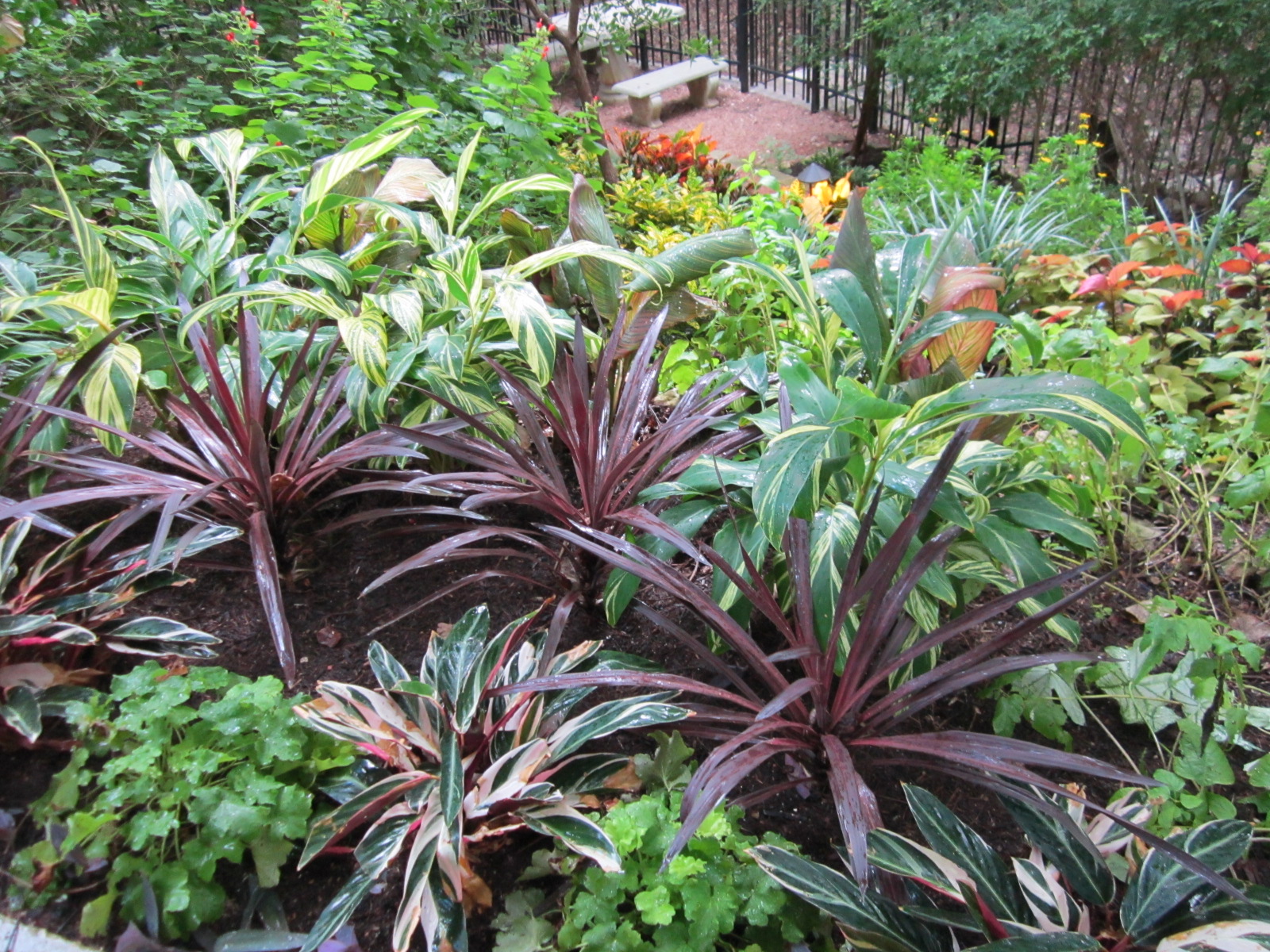Texas plants for shade – In the realm of Texas gardening, where sunlight can be a precious commodity, shade-loving plants emerge as unsung heroes, offering a verdant tapestry that thrives amidst the dappled embrace of trees and structures. Whether you seek to enhance the natural beauty of your landscape or create a tranquil sanctuary in your backyard, Texas boasts a wealth of native and non-native plants that will flourish in these shaded havens.
Native Texas Plants for Shade

When selecting plants for shady areas in Texas, consider incorporating native species that are well-adapted to the local climate and soil conditions. Native plants offer several advantages over non-native species, including:
- Drought tolerance
- Pest and disease resistance
- Support for local wildlife
Moreover, native plants play a crucial role in the Texas ecosystem by providing food and shelter for native insects, birds, and other wildlife. They also help maintain biodiversity and support the health of local ecosystems.
Benefits of Native Plants for Landscaping
- Reduced water needs
- Lower maintenance requirements
- Enhanced biodiversity
Ecological Importance of Native Plants
- Support for native wildlife
- Erosion control
- Water filtration
Shade-Tolerant Plants for Texas Gardens

Texas, known for its hot and sunny climate, also has areas that offer shade. For these shady spots in your Texas garden, consider non-native plants that thrive in low-light conditions. These plants can add beauty and greenery to your outdoor space without requiring excessive sunlight.
The following table provides a comprehensive list of non-native plants well-suited for shady conditions in Texas. Each plant’s description includes its appearance, size, and specific growing requirements to help you make informed choices for your garden.
Non-Native Shade-Tolerant Plants for Texas Gardens
| Plant Name | Appearance | Size | Growing Requirements |
|---|---|---|---|
| Hosta | Large, heart-shaped leaves with varying colors and patterns | Varies depending on cultivar, typically 1-3 feet tall and wide | Prefers moist, well-drained soil and partial to full shade |
| Astilbe | Feathery, plume-like flowers in various colors | 1-3 feet tall and wide | Requires consistently moist soil and partial to full shade |
| Coral Bells (Heuchera) | Colorful, ruffled leaves in shades of green, purple, red, and silver | 6-18 inches tall and wide | Prefers well-drained soil and partial to full shade |
| Japanese Anemone | Daisy-like flowers in white, pink, or purple | 2-4 feet tall and wide | Requires moist, well-drained soil and partial to full shade |
| Bleeding Heart (Lamprocapnos spectabilis) | Heart-shaped flowers in pink or white | 2-3 feet tall and wide | Prefers moist, well-drained soil and partial to full shade |
| Fern (Dryopteris erythrosora) | Delicate, feathery fronds | 2-3 feet tall and wide | Requires consistently moist soil and partial to full shade |
| Solomon’s Seal (Polygonatum) | Arched stems with bell-shaped flowers | 1-2 feet tall and wide | Prefers moist, well-drained soil and partial to full shade |
| Liriope | Grass-like foliage with spikes of purple or white flowers | 6-12 inches tall and wide | Tolerates a wide range of soil conditions and partial to full shade |
| Sweet Woodruff (Galium odoratum) | Fragrant, star-shaped white flowers | 6-12 inches tall and wide | Prefers moist, well-drained soil and partial to full shade |
Landscaping with Shade-Loving Plants

Landscaping with shade-loving plants in Texas can transform your outdoor space into a vibrant and inviting oasis. By following a few key steps, you can create a beautiful and thriving shade garden that provides visual interest, enhances biodiversity, and offers a respite from the Texas sun.
The first step in designing a shade garden is to assess the amount of shade in your yard. Determine the areas that receive less than six hours of direct sunlight per day. Once you have identified these areas, you can begin selecting plants that are well-suited to low-light conditions.
Soil Preparation
Before planting, it is important to prepare the soil in your shade garden. The soil should be well-drained and rich in organic matter. You can improve drainage by adding compost or peat moss to the soil. Organic matter will help to retain moisture and nutrients, which is essential for shade-loving plants.
Plant Spacing, Texas plants for shade
When planting shade-loving plants, it is important to space them properly. Overcrowding can lead to competition for light and nutrients, which can stunt growth and make plants more susceptible to pests and diseases. The spacing between plants will vary depending on the size and type of plant. As a general rule, smaller plants should be spaced 1-2 feet apart, while larger plants should be spaced 3-4 feet apart.
Companion Planting
Companion planting is a technique that involves planting different species of plants together to create a mutually beneficial relationship. When selecting companion plants for your shade garden, choose plants that have similar water and light requirements. For example, you could plant ferns with hostas or azaleas with camellias.
By following these steps, you can create a beautiful and thriving shade garden in Texas. Shade-loving plants offer a wide range of colors, textures, and shapes, so you can create a garden that is both visually appealing and environmentally friendly.